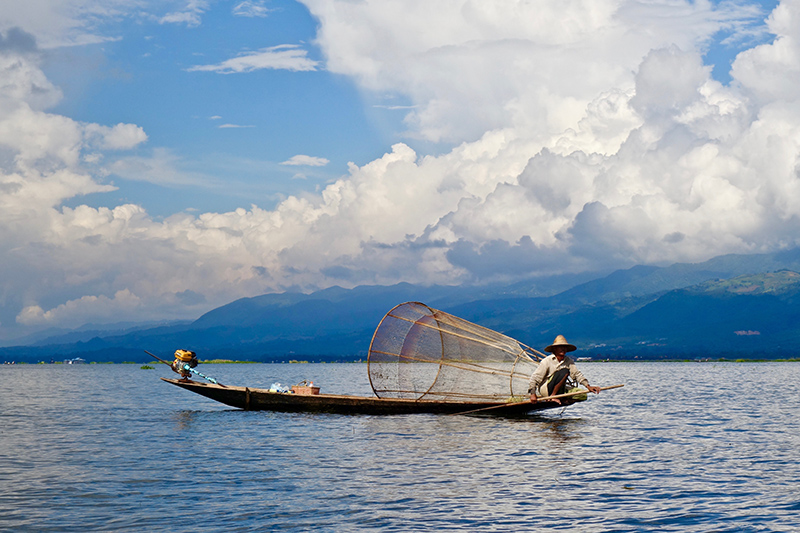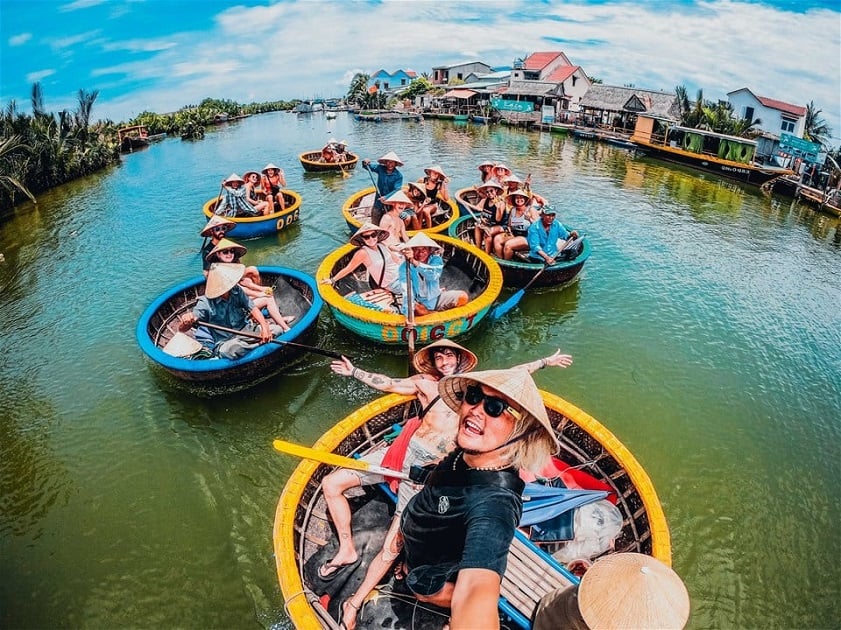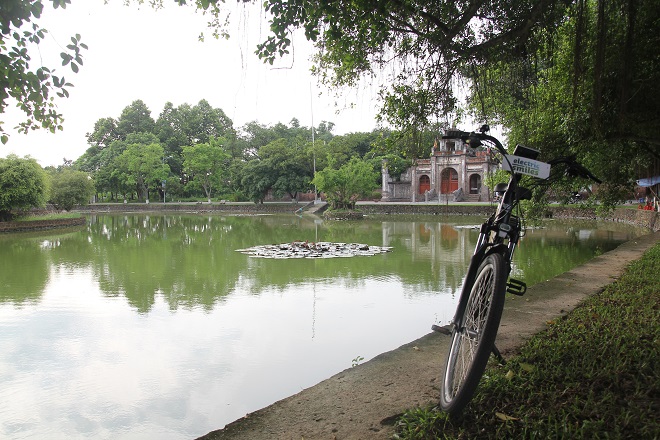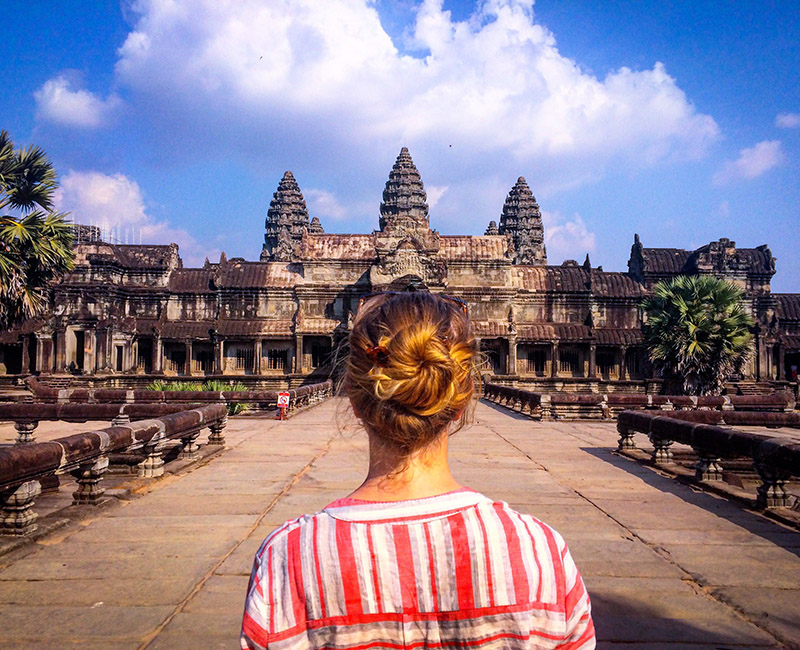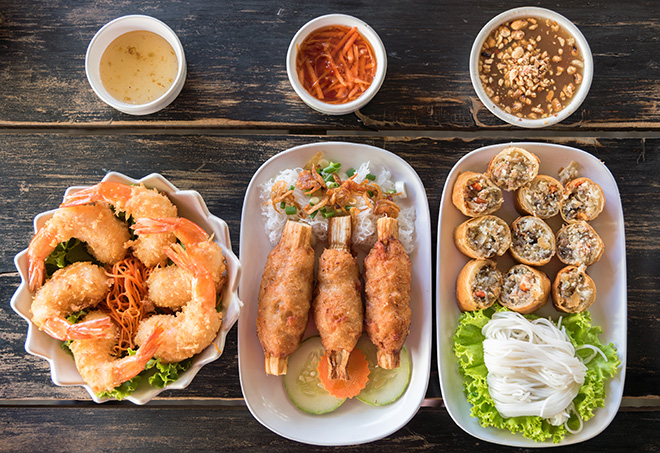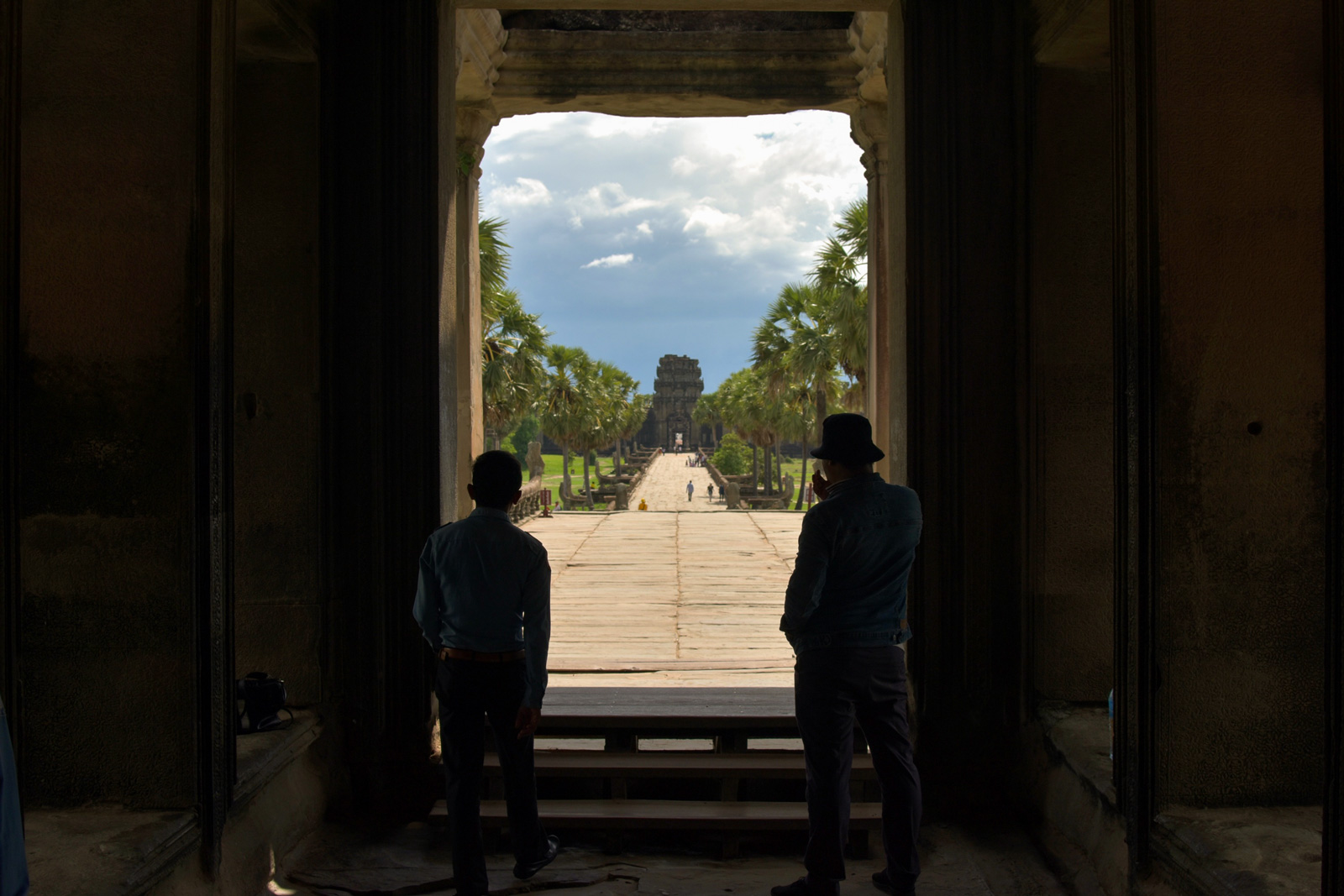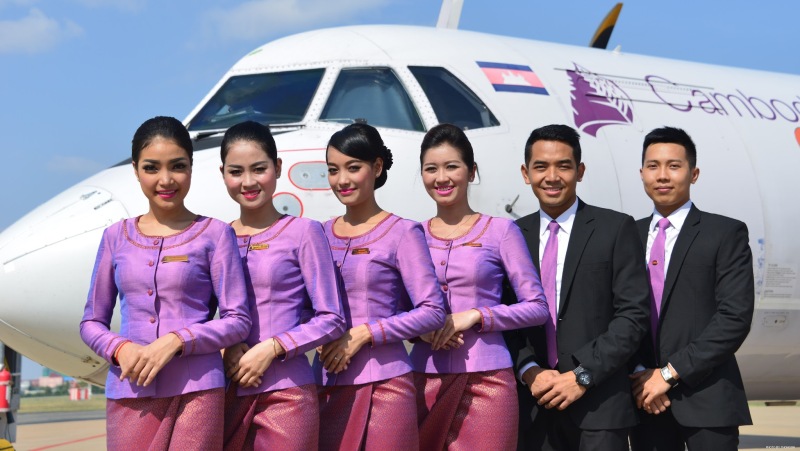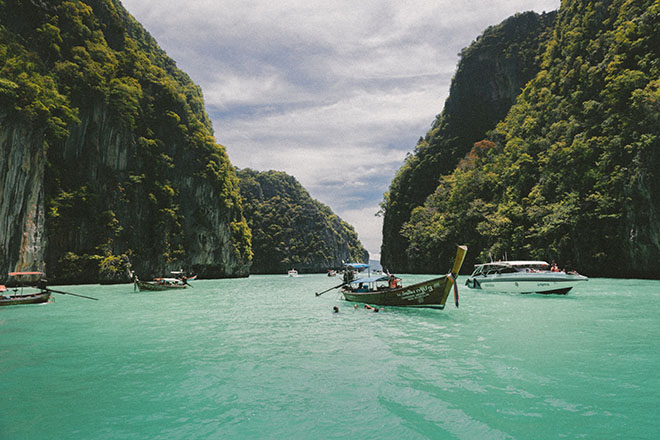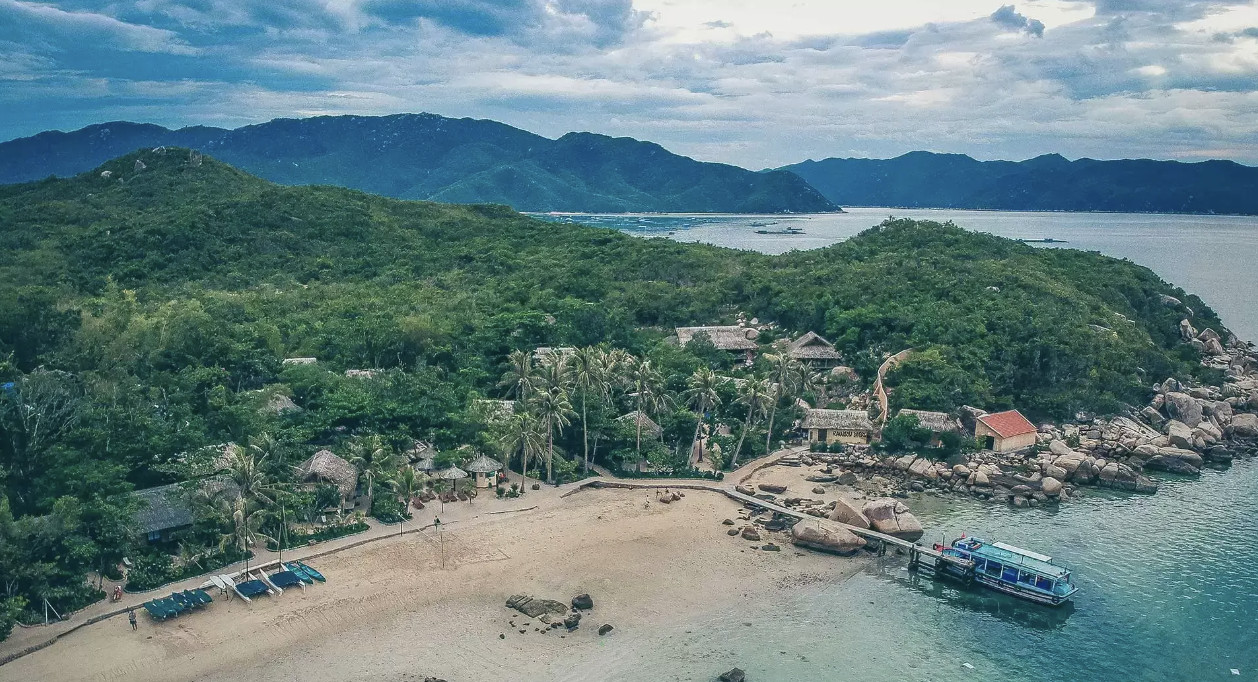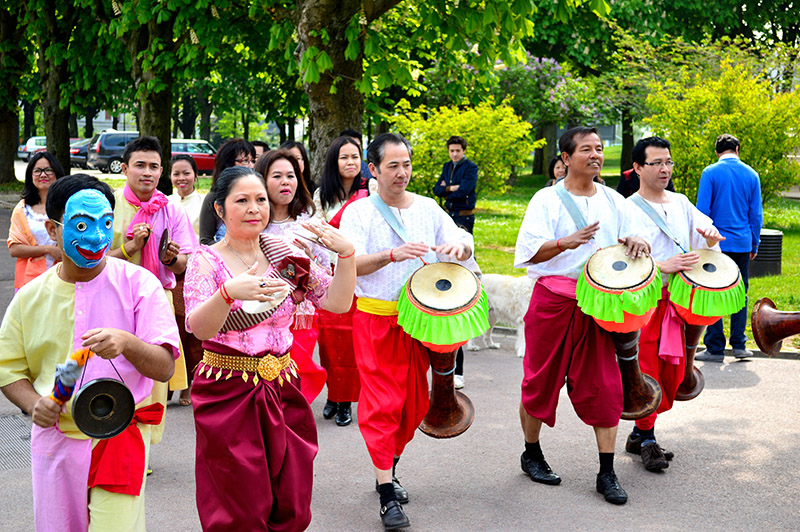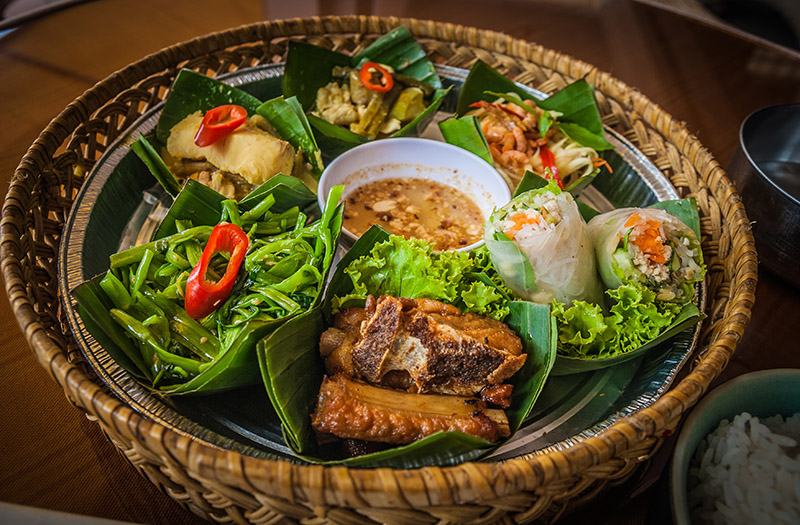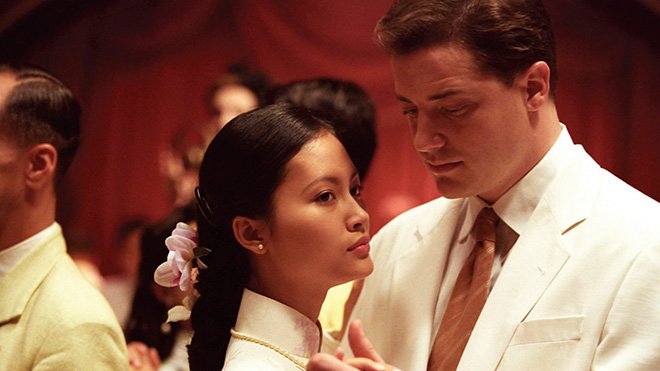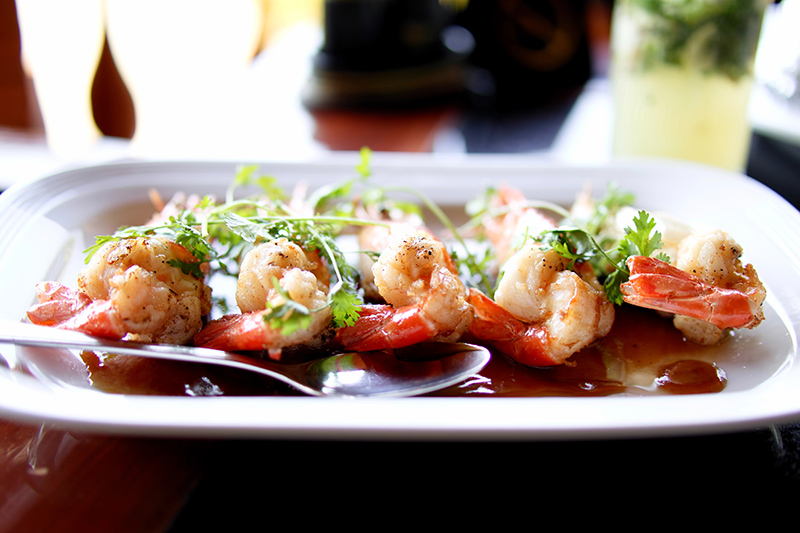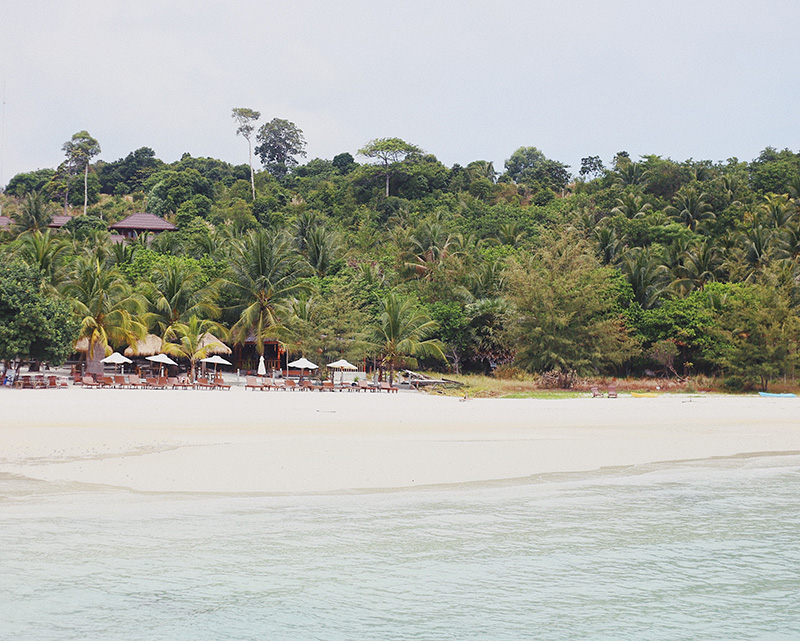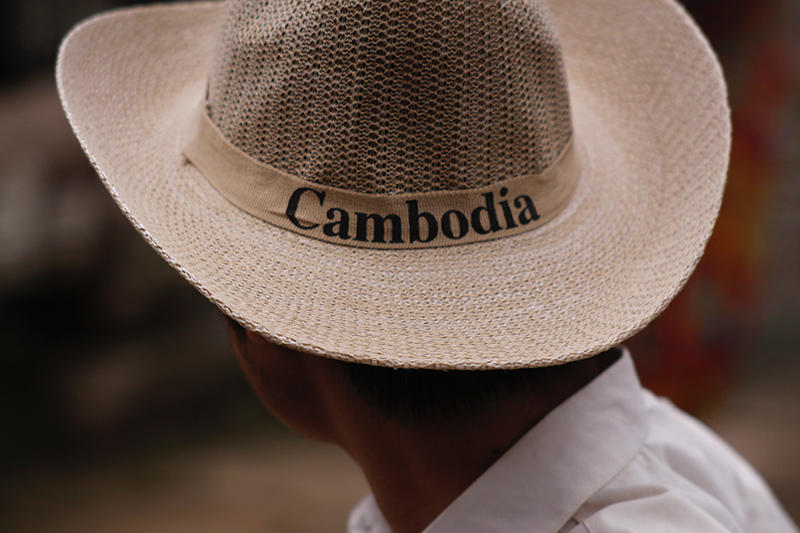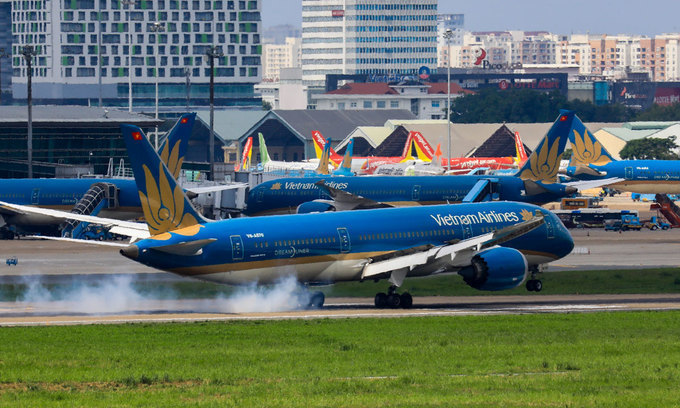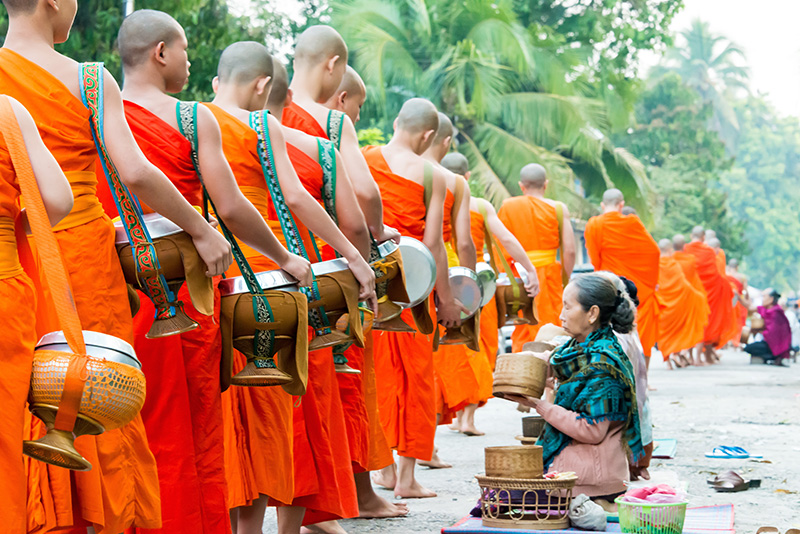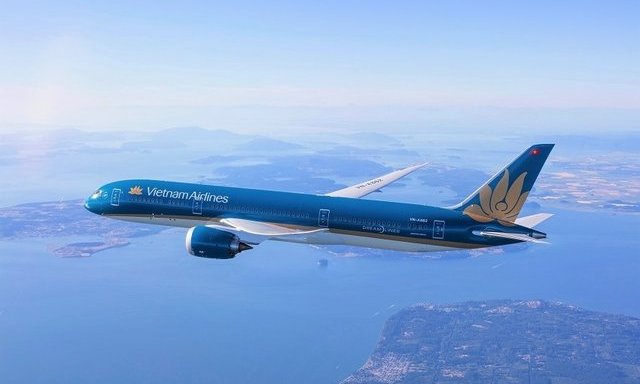
Top 5 Religious Sites To Reveal The Spiritual Life Of The Burmese
Tue, 01/07/2020 - 09:44
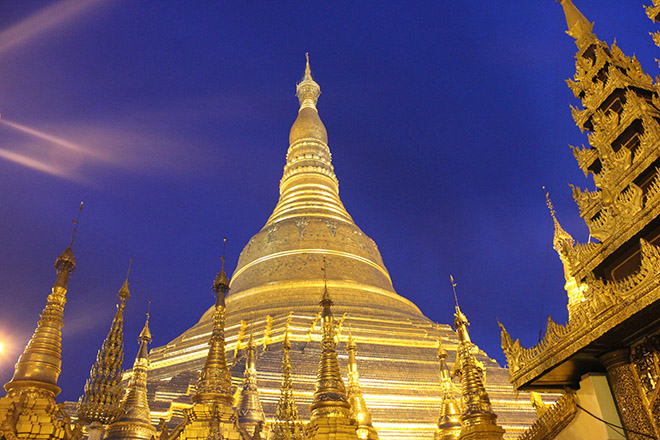
Ancient religious buildings are the most outstanding heritage of Myanmar. This nation, located on the east coast of Bengal Bay is often referred to as the "Land of Pagodas", which reflects the golden past of the feudal dynasties of this vast country in Southeast Asia. Temples and pagodas are a gathering place for religious activities. The capacity of the sites can be up to millions of Buddhists.
In modern time, Buddhism still plays a crucial role in the life of the Burmese. As a result, pagodas are always taken good care and well-preserved. Visiting those spiritual locations of Myanmar, tourists not only admire the architectural beauty of the towers, stupas, temples but also explore the depth of the human soul in Myanmar.
Shwedagon Pagoda
Among all the religious sites in Myanmar, Shwedagon or Shwedagon Zedi Daw must be the most popular. To international visitors, the pagoda is also known as the Great Dagon Pagoda or the Golden Pagoda.
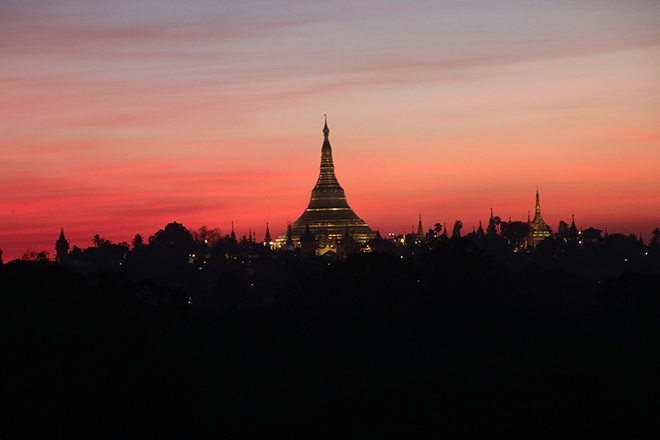
Photo by sigma415 on Unsplash
Do you know why it earns that name?
The official name of the pagoda Shwedagon Zedi Daw can be translated into Golden Dagon Pagoda. Moreover, it features the most famous gold leaf gilded stupa.
Spread over an area of 50,000 m2, Shwedagon Pagoda is built on the sacred hill of Singuttara on the west of Kandawgyi Lake. With the highest tower up to 99m, the Golden Pagoda really dominates the Yangon skyline. Standing from anywhere in the city, you can also see this impressive construction. There is an official law in Yangon which allows no new building to exceed the height of Shwedagon Pagoda, which is around 160 m including the ground.
Monks and Buddhist families put a high value on a pilgrimage to the Shwedagon temple just like Muslims with the responsibility to reach Mecca once in a lifetime. The temple houses four treasures of Buddhism: eight strands of hair from the head of Gautama Lord Buddha, the staff of Kakusandha Buddha, the water filter of Koṇāgamana Buddha, and a piece of the robe of Kassapa Buddha.
Legend has it that Shwedagon Pagoda dated back 2,500 years ago. However, archaeologists estimate the work began to be built in the 6th century. The temple appeared in historical texts from 1485 when the tradition of gilding Buddhist stupas became a norm in Burma. Members of the royal family usually donate the amount of gold equal to or many times higher than their weight to make gold leaf inlaid on the tower.
The entire pagoda area has several gold-plated Buddhist towers with sophisticated architecture, but the huge main tower remains the centre of attention of all Buddhism followers and visitors. The tower is located on a square ground, 6.4 m above the ground, strikingly different from the surrounding towers. Around the main tower are 4 smaller towers in four directions and over 60 small towers in the surrounding.
The main stupa has a large gold-plated bell, each year the bell is inlaid with a new layer. The lower part of the tower has 7 floors, is inlaid with gold and weighs more than 1 ton, decorated with gold bells, silver bells and many kinds of gemstones. The top floor is inlaid with more than 1,100 diamonds, 1,383 gems. The top of the tower has a sphere of 4,351 diamonds, on top of which is another giant diamond of up to 76 carats

Photo by Ko Ko Myoe on Unsplash
How incredible it is!
The area around the main tower is prayer halls, sculptures and temples. This religious complex has a tranquil atmosphere surrounded by greenery, once again highlighting the pagoda's magnificent golden colour.
Shwezigon Pagoda
Against popular belief, the world-renowned Shwedagon Pagoda in Yangon was not the first to be gilded with gold in Myanmar. In fact, its shape today is based on the model of Shwezigon Pagoda in Bagan.
The Shwezigon Pagoda or Shwezigon Paya sets in Nyaung-U, a town near Bagan, close to the Ayeyawady River. Shwezigon was started to build under the reign of King Anawrahta (who founded the Bagan Kingdom) in 1059 but it was not until the successor of the Kyansittha son that the pagoda was completed in 1102. Over a thousand years, Shwezigon Pagoda was much damage, especially in the earthquake in 1975 but then the people of Myanmar have contributed to the restoration and gilding of the entire temple (according to some documents previously only part of the tip is inlaid with gold). King Anawrahta built the Shwezigon temple to keep among the relics of Buddha.
Unlike many other temples in Bagan that are built in the middle of the plain, Shwezigon Pagoda is built on a sand dune (the meaning of the word Shwezigon is a pagoda on the sand dune). Burmese people spread a word of mouth that King Anawrahta used a white elephant carrying bone relics of Buddha to identify the location of Shwezigon Pagoda. He declared that wherever the elephant stopped, they would build a pagoda. Finally, the elephant stopped at the sand dune.
Shwezigon Pagoda has 4 gates facing 4 different directions, with long corridors. At each gate, there are two huge white lobbies in the front. There are dozens of small temples surrounding the main tower. The entire main tower of Shwezigon Pagoda today is inlaid with gold, 4 corners of the tower have 4 gold lions, at the top of the tower is a parasol-like structure - found in most temples of Myanmar. After twilight, dozens of lights or candles are lit. The shining gold layers of the pagoda reflects the glow, creating an enchanting and magical atmosphere that captures the heart of every tourist.
Kyaiktiyo Pagoda
Kyaikhtiyo Pagoda has a history of more than 2,500 years. It nestled about 210 km from Yangon. Kyaikhtiyo was built around a mysterious rock located 1,100 m above sea level. The stone is 7.3 meters high and the circumference of 15.2 meters, It is called the Golden Rock because both the stone and the temple are covered with gold leaf. In the Mon language, Kyaik means a temple and Htiyo is "a monk's head". Kyaikhtiyo means "the temple is placed on the monk's head".
The story of Kyaikhtiyo Pagoda began Buddha came here to preach. he gave the monk named Taik Tha a hair. The monk hid the hair in his hair, then gave the king the dream that "the hair would be kept in a stone shaped like a monk's head". The king could not find such a stone and had to ask his parents (God Zawgyi and Goddess Naga) to help him. These two gods found a rock in the ocean. It was brought up and placed on the Kyaikhtiyo hill. The hair of the Buddha was stored in stone and a small temple was built, called Kyaikhtiyo.
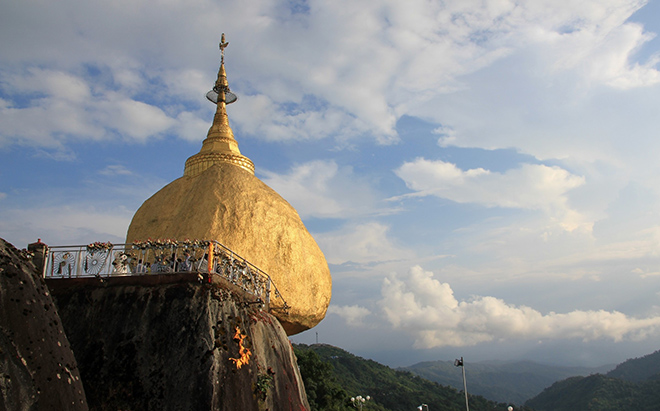
Golden Rock is also famous because the surface where the big stone only contacts with the mountain is only 78 cm2. The Burmese explained this sustainability because God Tawadeintha used a god boat to pick up the stone and transport it to the top of the hill. The boat and the rope were turned to stone and laid about 300 m away from Golden Rock to keep the stone from falling.
According to the locals, kneeling and embracing the stone will help them become rich and prosperous. For international visitors, admiring a stone and Kyaikhtiyo temple covered with gold leaf on top of the mountain is a unique interest.
However, keep in mind that females are not allowed to stay very close to this sacred monument.
Hsinbyume Pagoda
Hsinbyume Pagoda is a large temple in the North of Mingun village near Mandalay City. It is hidden in a quiet place on the Western bank of the Ayeyarwady River. You can go to Mandalay from Yangon by bus. Alternatively, you can also fly directly to Mandalay by transit in Bangkok or Yangon.
Hsinbyume Pagoda is associated with the long-lasting love between Prince Bagydaw and his first wife - Queen Hsinbyume. The unfortunate queen died when giving birth, making the prince’s heart extremely broken. He decided to build the Hsinbyume Pagoda in 1816 in memory of his wife.
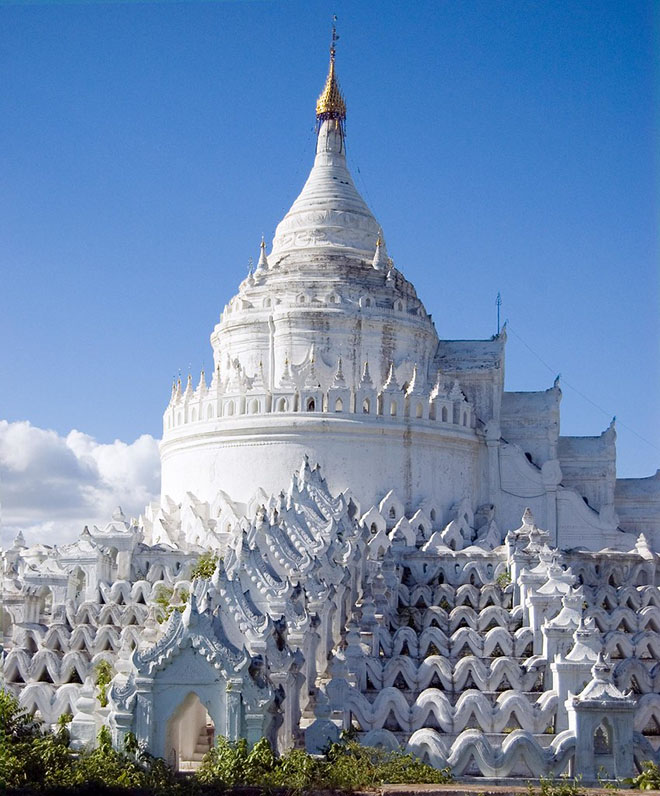
Photo by colin houston on Flickr
The pagoda was modelled after the shape of the sacred mountain - Meru. Days ago, after a major earthquake (1836), Hsinbyume Temple was badly damaged but in 1874, King Mindon rebuilt it with the preservation of the original architecture and Hsinbyume has endured so long until this day.
The pagoda, with its pure white colour, makes tourists feel like getting lost in an escape world. The majestic wavy lines add more bold strokes to the white of the pagoda, creating a matrix-like impression. Each walkway, each dome is meticulously crafted as if this is not only an architectural work but also a very poetic, magical fairytale realm. Moreover, with the ideal height, visitors can enjoy the panoramic view of the peaceful river and the vast space below from the highest place in the temple.
Shwesandaw Pagoda
Shwesandaw Pagoda is located in the Old Bagan. The ancient architecture of Shwesandaw is highlighted with the 5-stair towers supporting a vertical cylindrical stupa. With a height of nearly 100 meters, the pagoda was built in a solid structure, so it can be seen from afar, like an antique symbol of the ancient capital of Bagan.
Shwesandaw Pagoda situates right in the centre of Bagan because according to the old concept, building the temple can create impenetrable sacred protection. In Burmese, Shwesandaw means "divine golden hair". The pagoda was built in 1057 during the reign of King Anawrahta with the purpose of preserving the teachings of Shakyamuni Buddha and the hair relic of Buddha.
In addition to the spiritual factors related to Buddhism, the construction techniques of the Shwesandaw temple building are also admirable. To reach the top of the tower, visitors must climb up the stairs on all four sides. The slope of the stairs is very high.
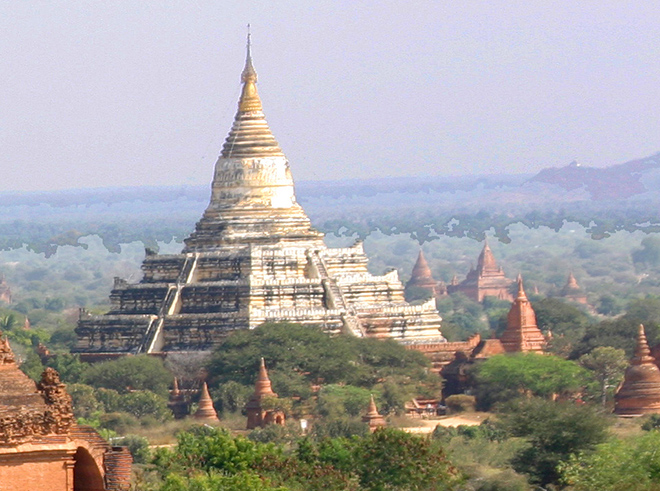
But when you reach the top, it’s totally worthy.
At sunset, the bright orange sky is the background for the ancient black colour of the pagoda. During summer haze, the Old Bagan becomes even more miraculous and mysterious. In addition, if you want to see the panorama of the temple from above, don’t miss a hot air balloon ride to unleash a beautiful picture of Bagan from atop.

